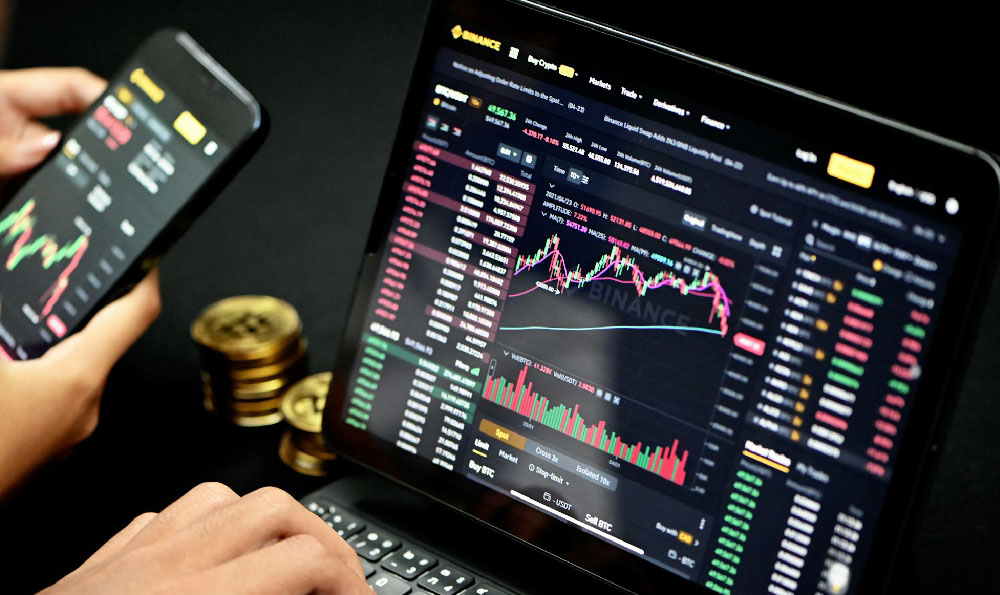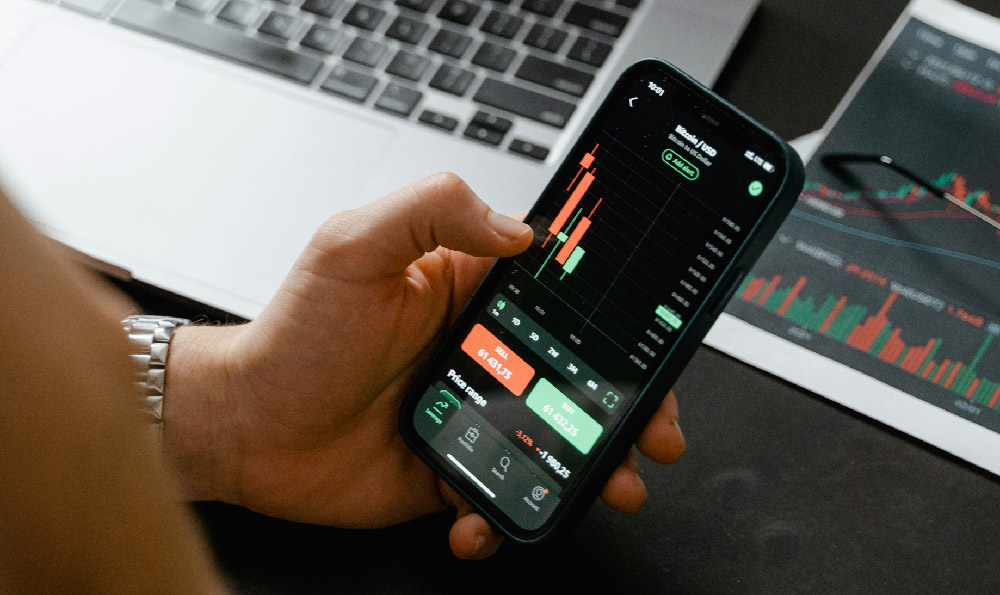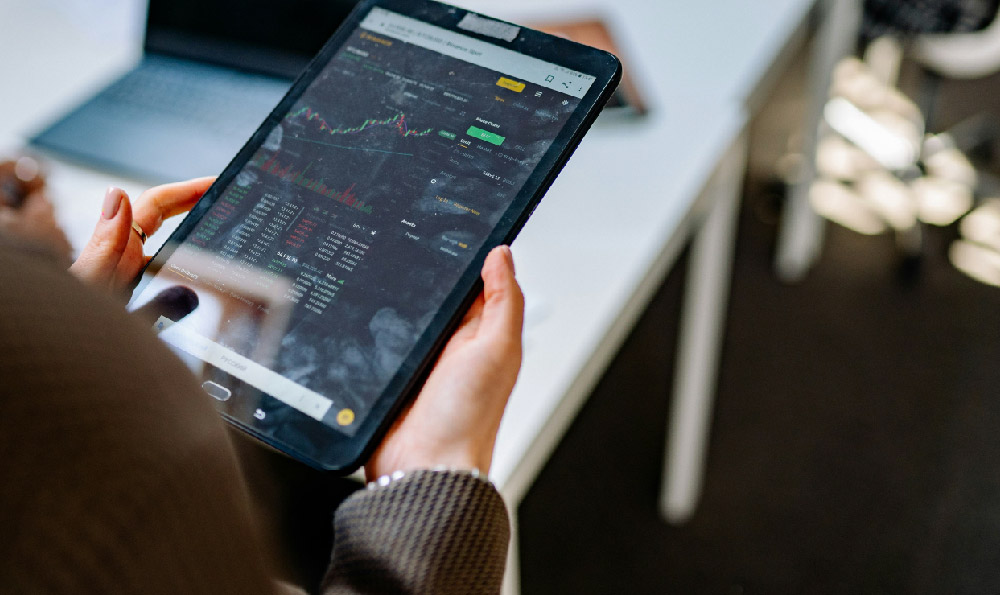The evolution of drone technology has unlocked unprecedented opportunities for individuals and businesses to generate income in 2024. With advancements in automation, artificial intelligence integration, and sensor capabilities, unmanned aerial vehicles (UAVs) have transitioned from niche tools to versatile assets that can be leveraged across multiple industries. While the regulatory landscape continues to evolve, the core potential of drones to drive profitability remains grounded in their ability to access remote areas, capture data efficiently, and reduce operational costs. The key to capitalizing on this lies in identifying the right niche, understanding market demand, and aligning with technological innovation.
The agricultural sector has become a major beneficiary of drone adoption, with farmers using UAVs to monitor crop health, optimize irrigation, and streamline harvesting processes. High-resolution cameras and multispectral sensors enable real-time analysis of soil conditions, plant vitality, and pest infestations, allowing for data-driven decisions that boost yield and reduce waste. In 2024, the integration of machine learning algorithms with drone data further enhances this potential, enabling predictive analytics for weather patterns and disease outbreaks. Companies specializing in agricultural drone services are reporting a surge in demand, particularly in regions facing labor shortages or climate challenges. By offering tailored solutions such as precision farming or post-harvest inventory management, entrepreneurs can tap into this growing market.
The logistics industry has also embraced drones as a game-changer for last-mile delivery and inventory management. With the rise of e-commerce and the need for faster, more cost-effective shipping solutions, UAVs are being deployed to transport goods in urban and remote areas. In 2024, the development of autonomous drone networks and improved battery efficiency has made this more feasible than ever before. Companies like Amazon and Alibaba have already demonstrated the scalability of drone-based delivery systems, but smaller players can also enter the market by focusing on specific use cases such as medical supply transportation or disaster relief operations. The ability to bypass traditional infrastructure and reduce delivery times offers a compelling edge in a competitive industry.

In the realm of entertainment and media, drones are revolutionizing cinematography and event coverage. Filmmakers and content creators are using UAVs to capture aerial footage of natural landscapes, architectural marvels, and dynamic action scenes with unprecedented clarity and creativity. In 2024, the integration of 4K cameras, stabilized gimbals, and real-time streaming capabilities has expanded the possibilities for drone-assisted storytelling. Additionally, event planners are leveraging drones for live coverage of concerts, sports events, and weddings, offering unique perspectives that were once impossible with traditional equipment. The demand for drone services in this field is fueled by the growing popularity of virtual reality experiences and the need for visually striking content in social media and advertising.
The security and surveillance industry is another sector where drones can generate significant returns. With the proliferation of smart cities and the need for real-time monitoring, UAVs are being used to enhance safety in industrial sites, construction zones, and even residential areas. In 2024, the integration of thermal imaging, facial recognition, and geofencing technology has made drone-based surveillance more accurate and efficient. Security firms can offer services such as perimeter monitoring, asset tracking, and crowd control management, providing solutions that complement traditional methods while reducing costs. The ongoing concerns about safety and privacy are driving demand for specialized drone services, creating opportunities for innovation and problem-solving.
The real estate and construction industries are also seeing a shift toward drone utilization. Developers and property managers are using UAVs to conduct site surveys, generate 3D models, and provide virtual property tours. In 2024, the combination of photogrammetry and augmented reality has transformed how properties are marketed and assessed, appealing to tech-savvy buyers and investors. Additionally, construction companies are employing drones to monitor project progress, track materials, and inspect infrastructure, reducing the risks associated with manual inspections. Offering end-to-end drone services for these sectors can provide a steady revenue stream while meeting the growing demand for efficiency and transparency.
For individuals seeking to monetize drones, the first step is to identify the most in-demand applications and align with specific market needs. Whether through agriculture, logistics, entertainment, or security, the adaptability of drones allows for diverse entry points. Establishing a business model that emphasizes scalability, customer retention, and technological differentiation is crucial in a rapidly evolving landscape. In 2024, businesses with a strong focus on innovation and sustainability are likely to gain a competitive advantage, as both consumers and regulators prioritize responsible drone usage.
The future of drone-based income generation is further shaped by advancements in AI, IoT, and blockchain technology. These innovations are enhancing the autonomy, connectivity, and security of UAVs, enabling new applications such as drone-based asset management in supply chains or real-time data sharing in collaborative projects. As the technology matures, the cost of entry for new entrepreneurs is decreasing, making it more accessible to a wider audience. However, staying informed about regulatory updates and investing in continuous training is essential to navigating the complexities of this field.
Ultimately, the potential to earn money using drones in 2024 is as vast as it is diverse. By focusing on emerging trends, leveraging technological advancements, and addressing specific market gaps, individuals and businesses can create sustainable revenue streams. The key lies in balancing creativity with practicality, ensuring that drone applications are both profitable and socially responsible. As the industry continues to evolve, the opportunities for income generation will only expand, making drones an increasingly valuable tool for innovation and entrepreneurship.












